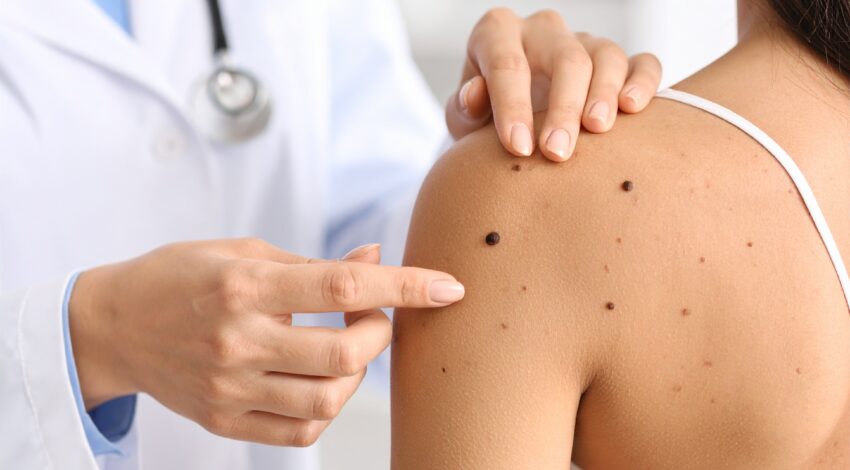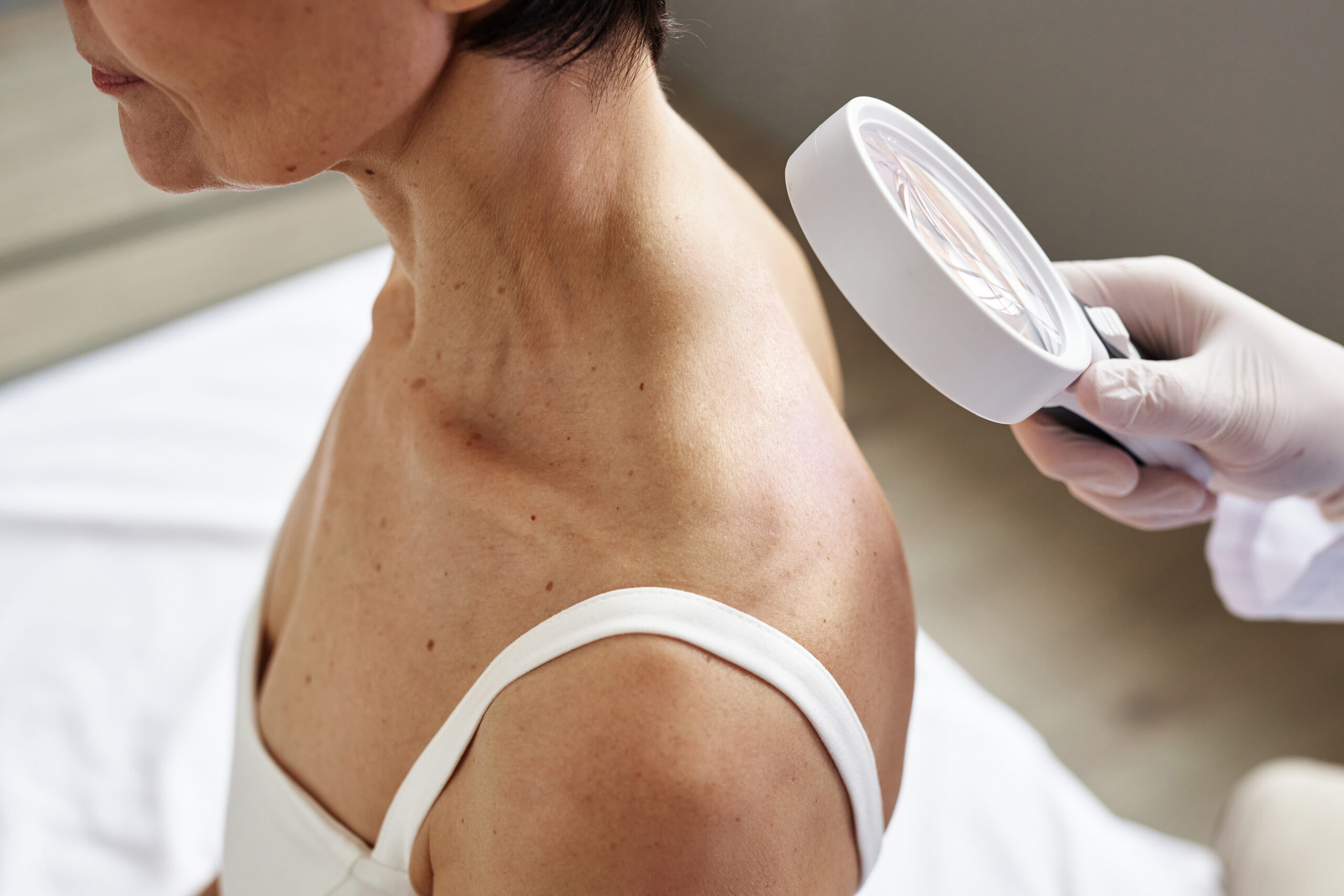
Skin Checks Can Help Save Lives: How to Perform a Self-Exam at Home
Skin cancer is the most common kind of cancer, and it can affect anyone. But if you catch it early, it’s often very treatable. That’s why checking your skin regularly at home is one of the easiest and most important things you can do for your health.
At Fast Pace Dermatology, our team is here to help you understand your skin and catch changes early.
Why Skin Self-Exams Matter
Your skin is your body’s largest organ. It helps protect you, but it can also show early signs of something wrong. Melanoma is a dangerous form of skin cancer, but if it’s found early, it’s often treatable.
The U.S. Centers for Disease Control and Prevention (CDC) recommends checking your skin regularly. It only takes a few minutes—and it could save your life.
How to Do a Skin Self-Exam
Here’s how our providers recommend to check your whole body-you don’t need special tools, just good lighting and two mirrors (a full-length one and a hand mirror).
- Start with your face and scalp
Look at your nose, lips, ears, and around your eyes. Use a comb or ask someone to help check your scalp. - Look at your hands and arms
Check your palms, the backs of your hands, your wrists, forearms, and upper arms. Don’t forget between your fingers and under your nails. - Check your chest and stomach
Women should check under their breasts. Look at your belly and sides. - Use a mirror for your back
With a hand mirror, look at the back of your neck, shoulders, back, and buttocks. Ask someone to help if needed. - Finish with your legs and feet
Look at the front and back of your legs, feet, soles, toes, and under toenails.
What to Look For: The ABCDEs of Melanoma
The CDC also recommend the use the ABCDE rule to know what changes to watch for:
- A – Asymmetry: One half looks different from the other.
- B – Border: The edges are uneven or jagged.
- C – Color: It has more than one color or a strange shade.
- D – Diameter: It’s bigger than a pencil eraser (about 6mm).
- E – Evolving: It’s changing in size, shape, or feeling (itchy or bleeding).
If you notice any of these, call a healthcare provider right away.
Fast Pace Dermatology is Here for You
Self-checks are a great first step, but you don’t have to do it alone. Fast Pace Dermatology provides care for many types of skin concerns—from checking moles and treating rashes to full skin cancer screenings.
We offer:
- Full-body skin checks
- Biopsies and treatment for suspicious spots
- Care for acne, eczema, and more
- Same-day appointments
Take the First Step Today
Skin changes aren’t always scary—but it’s important to take them seriously. A few minutes a month can make a big difference.
If you see anything new or unusual, don’t wait. Contact Fast Pace Dermatology for a full exam today!
Centers for Disease Control and Prevention. (2024, July 1). Screening for skin cancer. U.S. Department of Health and Human Services. https://www.cdc.gov/skin-cancer/screening/index.htmlCenters for Disease Control and Prevention. (2024, July 1). Symptoms of Skin Cancer. U.S. Department of Health and Human Services. https://www.cdc.gov/skin-cancer/symptoms/index.html
Related Resources


